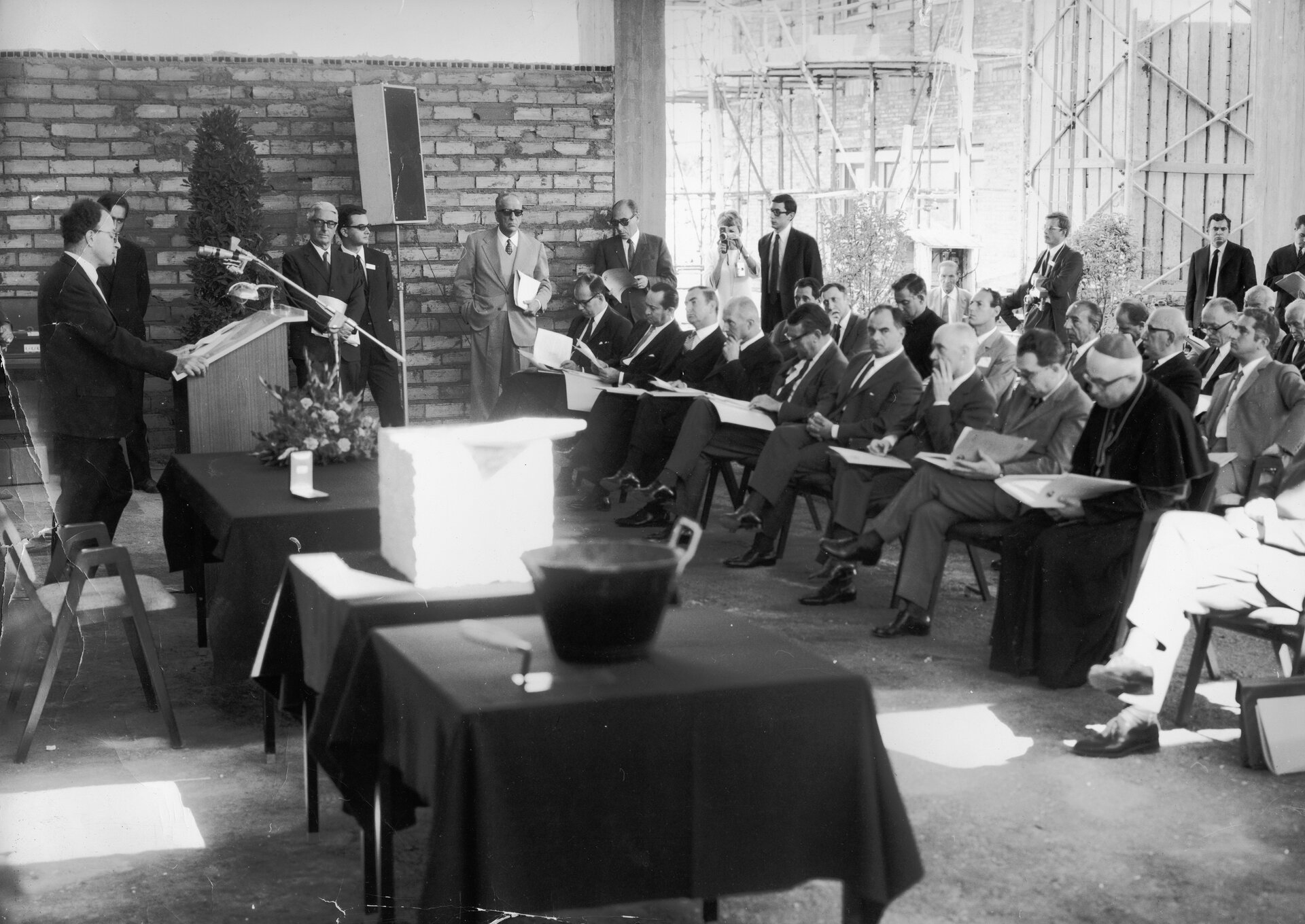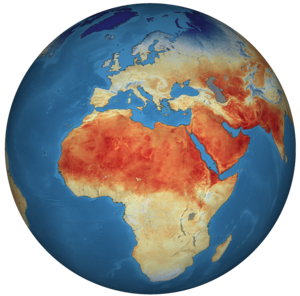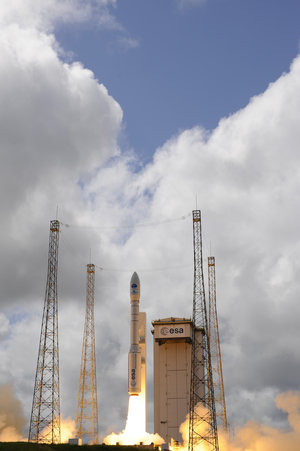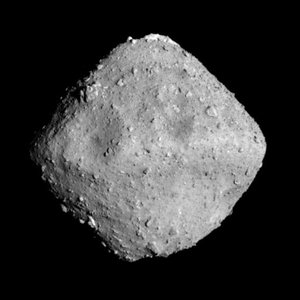ESRIN foundation 46 years ago
ESRIN, ESA’s centre for Earth observation in Frascati, near Rome, is one of the agency’s main specialised centres in Europe, and its founding ceremony took place 46 years ago this week, on 27 September 1968.
Today, ESRIN manages the ground segment for ESA and third-party Earth observation satellites, maintaining the largest archive of environmental data in Europe and coordinating over 20 ground stations and ground segment facilities in Europe. It also hosts the project team managing the Vega small-launcher programme.
But 50 years ago, one of the major challenges ESRO had to face was agreement on where to locate the various facilities. The choices of the locations of the new organisation’s three main establishments were also determined by political considerations (a headquarters, a payload engineering unit called ESTEC, with its associated scientific laboratories, and the space data centre or ESDAC, later changed to ESOC). There were no other establishments initially listed as an operational requirement for the new organisation.
When a location for a European Space Research Laboratory (ESLAB) came under scrutiny, the UK delegation opposed the Italian proposal to host the laboratory, arguing that it ‘had been conceived as a small centre close to ESTEC’. Luigi Broglio, the chief figure in the Italian national space programme and Vice-Chairman of the COPERS preparatory commission, declared that Italy was proposing an additional facility with a rather different focus.
In April 1962, delegations recommended to COPERS that ‘a laboratory of a size and scope to be decided by the Council should be established in Italy’. In June 1962, a laboratory for advanced research, called ESLAR, was set up in addition to ESLAB. It was later renamed ESRIN, the European Space Research Institute.
Under the impulse of Sir Harrie Massey, Chairman of the ESRO Council, ESLAR’s function was defined as being to ‘undertake laboratory and theoretical research in the basic physics and chemistry necessary to the understanding of past and the planning of future experiments in space’. On 29 July 1964, Hermann Jordan was appointed as first Director of ESRIN.
The choice of location favoured two possibilities in Italy: near Florence, at Arcetri, which was the preference of the Italian delegation, or near Rome, in Frascati. Jordan favoured Frascati, closest to a high-energy physics centre equipped with an election-positron collider and to Luigi Broglio’s aeronautical research laboratory.
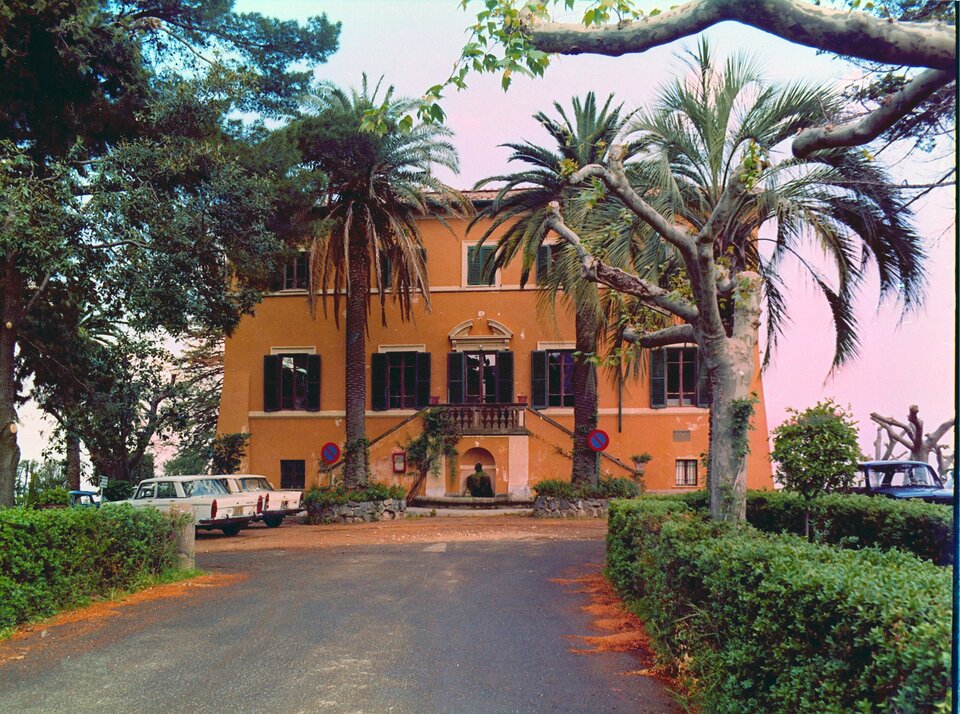
At its seventh Session, the ESRO Council indicated that ESRIN would complement the other activities of the organisation by providing a group of experts in specialised fields of theoretical and experimental physics, chemistry and plasma physics, and who would be engaged in original research and keep the space research programme under review. The main laboratory activity was concentrated on experiments to study physical and chemical phenomena in space.
The first four staff members arrived at the end of December 1965. Karl Schindler was heading the Theoretical Group, Thomas Stanley Green, the Space Simulation Group, and Willibald Anger, the Diagnostic Group. The plan for ESRIN staff complement for the next eight years was to recruit 24 managers, 49 support administrators and three support staff. Before ESRIN had its own buildings, staff worked temporarily from January 1966 in the Park Hotel, loaned by the Archbishop of Frascati, who apparently said to Jordan, “We killed Galilei, we can do something for space research now to repair our faults.”
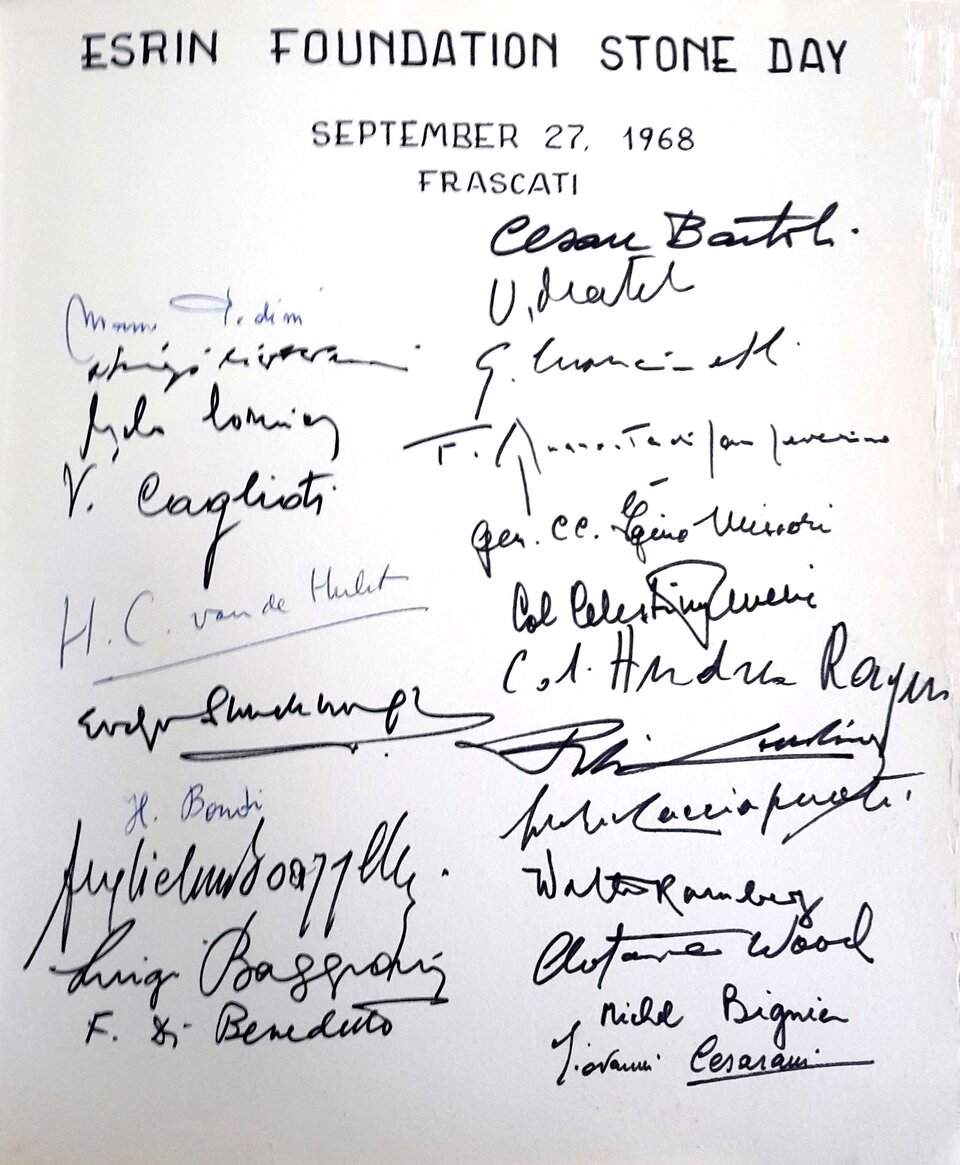
The ceremony to lay the cornerstone of the new ESRIN buildings took place on 27 September 1968. Ambassadors, scientists, national and local authorities, delegates and journalists were there to follow the addresses by Professor Hendrick C. van de Hulst, Chairman of ESRO Council, Hermann Bondi, ESRO Director General, the Director of ESRIN, Mr Clotaire Wood, the European NASA representative, Prof. Vincenzo Caglioti, Chairman of the Italian National Research Council, Mr Guglielmo Boazelli, Mayor of Frascati, and Prof. Mario Pedini, Undersecretary of State for Scientific Research in Italy.
A blessing was given by the Archbishop of Frascati and a Latin-inscribed scroll was sealed inside the cornerstone. The stone was laid by Prof. Pedini, as the official representative of the Italian government. The stone also contained the symbolic ten coins of ESRO Member States. The ceremony was transmitted the same day on Italian national television.
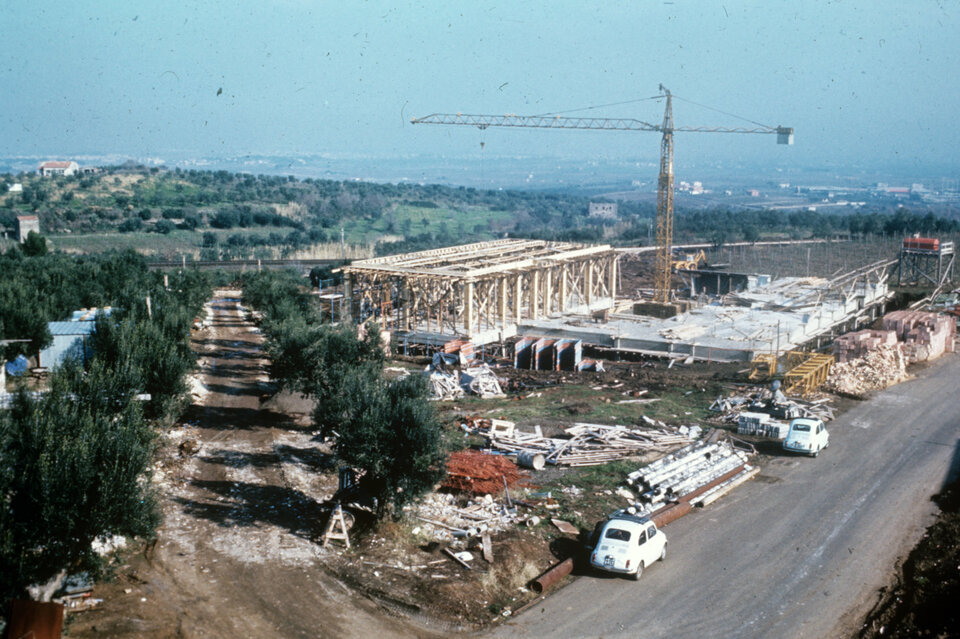
On the 18 March 1970, when the ‘topping-out’ ceremony took place (the celebration normally held when the structure of a building has the roof added), a new Director was in place, Dr Nicola D’Angelo.
The new orientations of ESRO between 1971 and 1973, together with the decisions taken by the European Space Conference, had a severe impact on the role of ESRIN. The space physics laboratory was closed and the establishment took on other tasks, namely the Space Documentation Service and the development of the Information Retrieval Service database in the next decade.
A second orientation in the 1990s, with the need to manage the data of ERS-1, ERS-2 and Envisat, again changed the configuration of ESRIN, which is now the main ESA centre for Earth observation where all the missions of Earth Explorer and Copernicus programmes are managed.
References
ESRO ELDO Bulletin, No. 3, November 1968, « L’Institut Européen de Recherche Spatiale » by H.L. Jordan, Director of ESRIN, pp. 11-19 (also pp. 43-44 for the official inauguration)
ESRO ELDO Bulletin No. 9, April 1970 - Page 28


